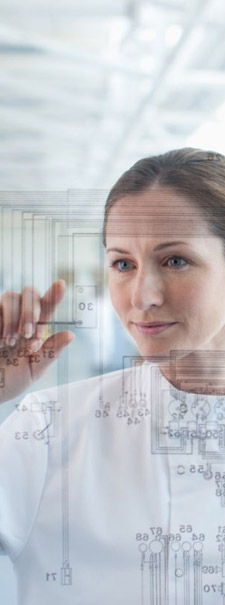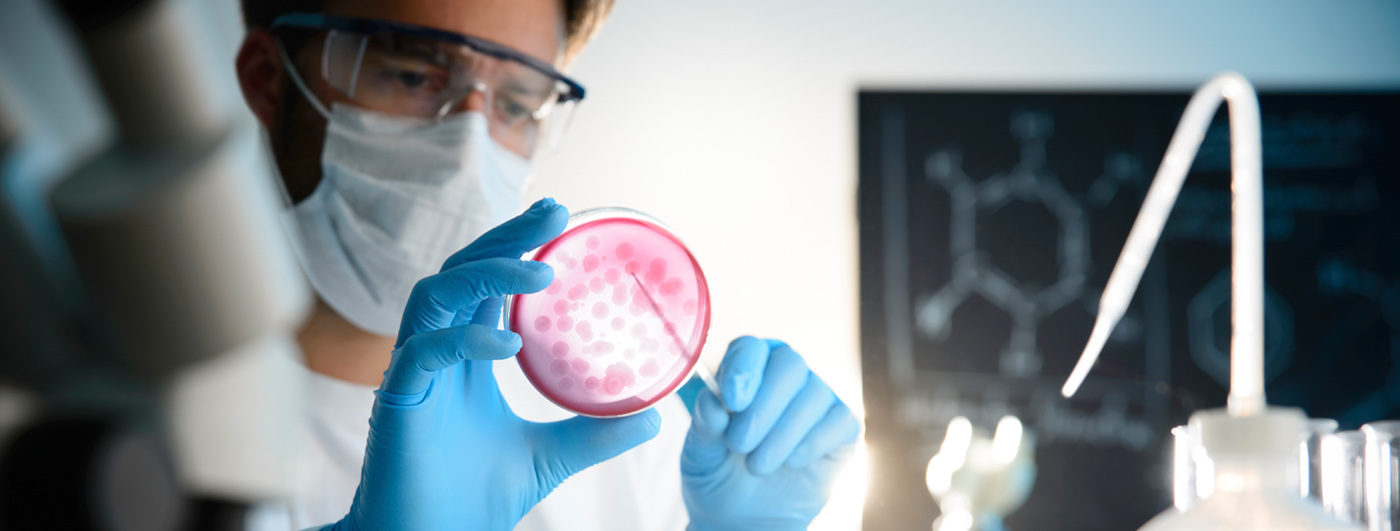BERKSHIRE TESTS wiper properties identified by contamination control professionals as most critical. The test methods we employ are vital to product development and quality assurance. All test methods are based on the Institute of Environmental Sciences and Technology (IEST) standard, IEST-RP-CC004.3: Evaluating Wiping Materials Used in Cleanrooms and Other Controlled Environments.
The following are brief descriptions of Berkshire’s Wiper Tests:
Fibers — A wiper is “washed” in water using a biaxial shaker for five minutes. The fibers released into the water are filtered onto a membrane and counted microscopically. The results are expressed as fibers ≥ 100µm per square centimeter of wiper. [IEST-RP.CC004.3, Section 6.2.2.2]
Particle Generation / Biaxial Shake Test — A wiper is “washed” in water using a biaxial shaker for five minutes. A liquid-borne particle counter then tallies the particles released into the water. By dividing the total number of particles released by the area of the wiper, the results are expressed as particles ≥ 0.5µm per square centimeter of wiper. [IEST-RP.CC004.3, Section 6.1.3]
Airborne Particle / Helmke Drum Test — Under controlled conditions, ten wipers are tumbled in a rotating drum to release particles from the wiper fabric. An airborne particle counter counts released particles and results are expressed as the number of particles per wiper per cubic foot of air sampled. [IEST-RP-CC003.4 Section B2.5]
Capacity — A sample of wiper material is saturated with as much fluid as it can hold. After one minute, the material is weighed, and results are expressed in milliliters of fluid per square meter. [IEST-RP.CC004.3, Section 8.1 (Modified)]
Efficiency — This calculation indicates how well a material absorbs, relative to others. Results, expressed in milliliters of liquid per gram of material, assisting in comparing one raw material with another. [EST-RP. CC004.3. Section 8.1 (Modified)]
Rate — This test is a measurement of the time it takes a wiper to absorb half the total liquid it can hold. Results are expressed in seconds. [IEST-RP. CC004.3. Section 8.2 (Modified)]
Non-Volatile Residue — Berkshire generates non-volatile residue data using both deionized water and 2-Propanol. Results are expressed in grams of extractables per square meter of wiper, which is a useful guide to relative purity of wipers. [IEST-RP.CC004.3, Section 7.1.2]
Metallic Ions — Ions are extracted in deionized water and quantitatively analyzed by Ion Chromatography. Results are stated in parts per million (ppm). [IEST-RP.CC004.3, Section 7.2.2]









